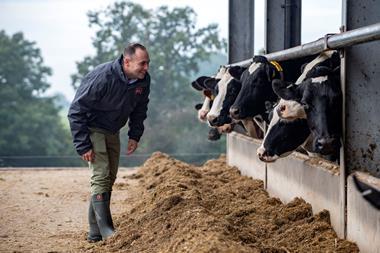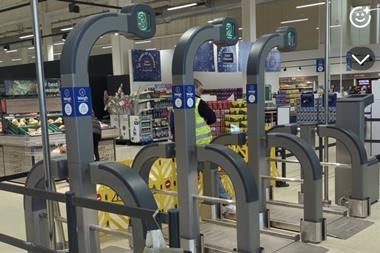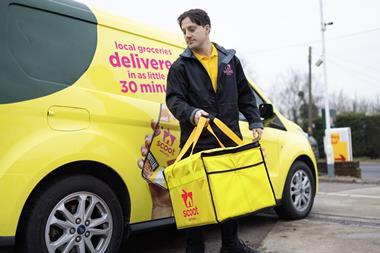Tesco and Booker have increased their estates this year, while the Co-op Group and Spar were among those reducing numbers. Beth Phillips reports
There’s been a rash of swap shopping among retailers in the past year, changing the landscape of UK grocery.
Those joining in included Asda buying Netto, indies snapping up former Somerfields from The Co-operative Group and Tesco’s convenience chain One Stop buying indie retailer Mills Group.
One Stop’s activity helped parent company Tesco add 167 stores to its estate in the past year, taking its burgeoning store portfolio to 2,682 stores. When you include its 471 forecourts attached to its supermarkets, it takes its estate to 3,153 stores the biggest UK grocer by store numbers.
Despite bagging a store in every UK postcode earlier this year, The Co-op Group has 3.2% fewer stores than it did last year following the completion of its forced sell-off of former Somerfield stores by the Office of Fair Trading.
Spar UK’s portfolio also shrunk by 1.1% in the wake of its acquisition of Scottish Spar c-store chain Botterills by Scotmid Co-operative Society in November last year.
It was overtaken for the first time by Booker’s fast-growing symbol fascia Premier, which grew its estate by 3.3%. Most of this growth was down to the fascia adding 298 Premier Express stores in the past year. From a standing start just two years ago, it now has 463 Premier Express outlets.
Symbol fascias have continued to grow at a steady rate. Store numbers have risen 2.9% in the past year to 16,288 stores. “Symbols are continuing to provide an alternative proposition for independent retailers,” says David Shukri, senior business analyst for the IGD. “They are continuing to improve their overall offer and increasing standards in the sector.”
However, the multiples recorded almost twice the rate of growth increasing their numbers 6.4% on last year. They still only represent 15% of the total convenience market, but this percentage is expected to increase over the next few years as the mults concentrate their efforts on convenience. Morrisons has just started trialling a new c-store format, Waitrose now has five c-stores, and last week Sainsbury’s laid out plans to open one to two c-stores per week in the next 12 months.
Their growth comes at the expense of the independents. The number of unaffiliated independents remains in terminal decline down 3.4% to 20,143 stores.
In the supermarket sector, the trend for retailers opening smaller stores continues apace. Asda added 166 supermarkets to its small supers estate thanks to its purchase of Netto last year, while Iceland added 49 stores after picking up a number of former Woolworths stores. At the other end of the scale, the number of hypermarkets continues to increase as the mults choose to add to existing selling space rather than build new stores. Tesco added five hypermarkets to its portfolio and Sainsbury’s three.
In forecourts, the sector remains in decline, having slipped 2.1%. Independent operators (down 7.4%) have continued to sell to the dealer multiples, which increased their estate by 14.6%. Traditional retailers also declined by 2.1%, led by the failure of companies including Threshers owner First Quench Retailing and greengrocer Stokes.
Specialist CTNs were hardest hit their numbers slumping 4% on last year as companies chose to diversify into convenience to improve sales.
Read the full report
Sign in to comment on this article
Not logged in before? Register for FREE guest access today.
You will be able to:
- Read more stories
- Receive daily newsletters
- Comment on stories
Advert



















No comments yet